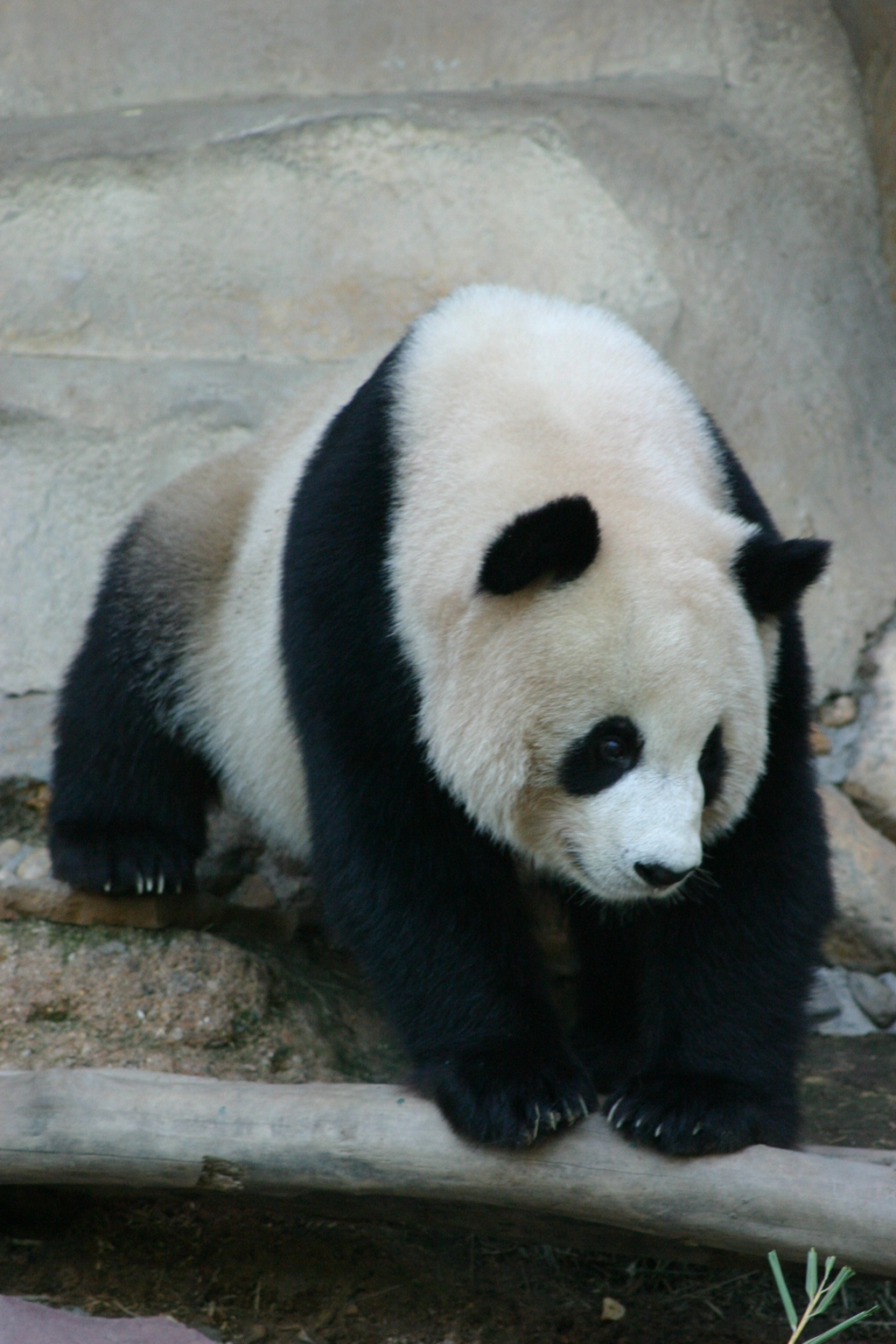Giant otter, monk seal, nibatan, spectacled bear, (big) panda, red panda, fossa, ... these are just some of the large mammals and especially predators that need increased protection and safeguards

The survey examined 222 carnivore species, among them: cats (large), wolves, bears, bears and seals, these species and their relatives were surveyed, and it was found that many of them are distinct species for which special efforts must be made to ensure their continued existence. The survey was conducted by Prof. Agnarsson and Dr. Collado Ingi Agnarsson & Laura May-Collado from the University of Puerto Rico, and is published in the journal Molecular Phylogenetics and Evolution.
According to the reviewers: "Careful attention must be paid to what happens to predator populations (such as the offspring population). Although the predators are accepted ("popular"), and despite the many studies that have been done on them, there is no complete understanding of how they develop and how new species are related/close to each other, there are many questions for which there are no satisfactory answers.
As an example, the professor cites the "cat-like" family feliforms, which zoologists do not understand the relationship between the different species (in the family), even the relationships between the big cats - lions, tigers, tigers, etc. are not properly understood.
Likewise, the "dog-like" Caniformia raccoon, dog, fox, etc., science is looking for the closeness and relationship between the carnivore species so far without a satisfactory solution. A unique problem is the red panda, who is its closest species?
In an attempt to provide possible solutions to the questions, Prof. Agnerson and Dr. Kunter Dr. Matjaz Kuntne from the Slovenian Academy of Science and Arts in Ljubljana collaborated, a collaboration that resulted in the creation of an "evolutionary tree" of all carnivores.
According to an estimate, about 270 species of carnivores (mammals) live today. The "tree" was created by studying 222 species of which and 17 subspecies, meaning that the researchers examined the relationship/relationship between 82% of the living carnivores, when they compare the data to about 30% of the comprehensive studies that have been conducted and published to date.
For the purpose of completion and comparison, 4 extinct species such as the saber-toothed cat and the short-faced bear were also included in the study.
The accepted division of carnivores is into two superfamilies: dog-like Caniformia, and cat-like Feliformia. Dog-like animals are divided into dogs and their relatives: bears, raccoons, weasels, seals, raccoons and others. Cat-like animals are divided into several groups: felines, mongooses, hyenas, and more. The researchers tested the closeness of the species by comparing the Cytochrome B gene, and examining the changes in it between the species. According to them "this gene is a reliable marker" since the same gene was also used in other studies, studies that gave similar results.
The new study confirms the accepted division into two groups - dog-like and cat-like, but caused a number of surprises that the researchers say require further studies.
Finding the connections and differences between the predator species allowed the researchers to identify unique species, i.e. those that require special attention, among them those mentioned at the top of the list as well as: the libretto mongoose, the crested otter, the palm tree, the bintaurong (cat-like), the research reveals predator species whose protection must be given priority At most, species that new information brings to the top of the list in need of protection. Species whose importance to biodiversity and their natural environment is greater than what was accepted and therefore there is a need to preserve them.

8 תגובות
to 7 thanks for the correction.
To be exact:
The hyena and the lion belong to the series of carnivores
Subseries: Cat-like
But a lion belongs to the cat family (which also includes the house cat)
While the hyena belongs to the hyena family (which includes several species of hyenas)
So a lion is more of a painted cat
to 5 (Shi). You are not the first surprised...but check
A hyena belongs to the cat family just like the lion.
Hyena - cat-like???
I would actually like to mention here the good article by Dr. Rosenthal about smaller predators and what happens when a super predator is removed from the area. Look for the article in the science, it pours a lot of length on the ecological context of predators within an ecosystem.
It is strange and puzzling that the article did not mention the most terrible predator of all... the sea cow
The Nebatans are also fearless predators of helpless molluscs in the depths of the sea
The panda is indeed one of the most dangerous predators on the planet, it is enough to see what it does to the poor and defenseless bamboo, to understand the cunning and power of this cruel predator